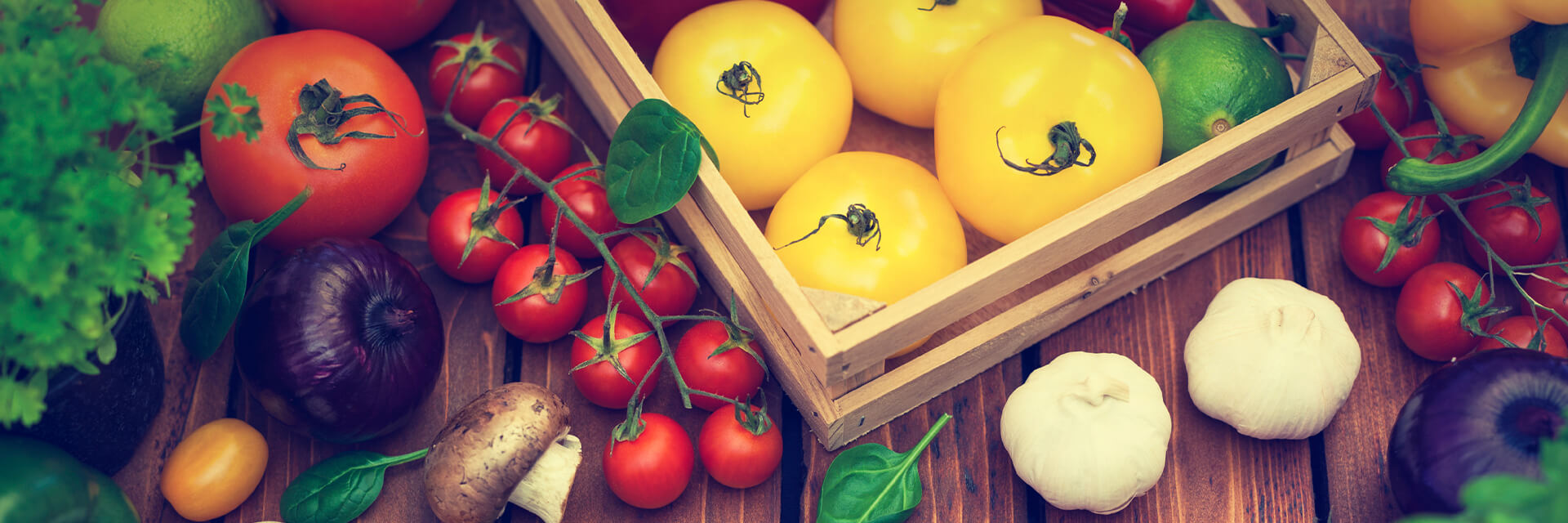
The European Conflict’s Impact on the Food and Beverage Industry
- Published
- Mar 28, 2022
- Share
Historically, international conflict has always impacted supply chains, often causing economic turmoil and potential food shortages. Russia’s invasion of Ukraine has already begun to show considerable repercussions on the world’s financial markets and, according to some experts, the global food supply may be next.
Combined, Russia and Ukraine make up a significant supply of three products that will have an impact on the world’s food production. Combined, both nations made up approximately 28% of wheat and 24% of barley exports in 2019, according to the Observatory of Economic Complexity (“OEC”), touching everything from bread to beer production. Both nations also account for 72% of sunflower seed or safflower oil exports, which are critical resources for snack food companies. According to Michael J. O’Donnell, President of The Belmullet Food and Beverage Group, inflation increases could be 22% to 45% in wheat and barley, and sunflower oil could be as high as 60%.
Some restaurant owners in the U.K. are worried about the prices of products such as its iconic fish and chips ballooning up to 200% due to shortages, according to FOX Business. And while in the past a conflict of this magnitude would have more of an impact on a regional scale, through today’s modern-day global trade network, it has the potential to reach much further.
In an international market already struggling to recover to its pre-pandemic levels—dealing with a fragmented supply chain, rising commodity and fuel prices, along with inflation— the compounding effect from this conflict will be far reaching. For the U.S. and other Western nations, the immediate effects may seem more subtle on the surface than the rest of the world due to alternative means of production and import sources. However, the situation will most likely have an overall exasperating effect sooner than anticipated.
Here are a few issues U.S.-based food and beverage manufacturers, distributors and retailers should monitor as this international situation develops:
Potential Impact on Ukrainian Exports
A nation known for its fertile soil and healthy agricultural terrain, Ukraine is made up 70% of farmland, according to the International Trade Administration. Because of this, Ukraine is one of the largest producers of agricultural commodities on a global scale, with its largest exports being corn, wheat and seed oils.
For food and beverage organizations in the U.S., the direct imports from Ukraine may not seem as detrimental in the short term. In 2019, Ukraine was the 71st largest supplier of imported goods for the U.S., with its major exports comprised of fruit and vegetable juices, vegetable oils, snack foods, dairy products, and processed fruit and vegetables, according to the Office of the United States Trade Representative (“UTSR”). However, as the global landscape of Ukraine's larger exports is impacted, it will have a boomerang impact back to the U.S.
Potential Impact on Russian Exports
While Ukrainian farmers and agricultural processors are more likely to see an impact versus their Russian counterparts, global sanctions, changing tariffs and state embargos are already beginning to affect Russia’s exports. One of the world’s largest global market players, Russia exported $407 billion in total products in 2019, according to the OEC. For food and agriculture exports, Russia makes up more than 18% of wheat, 11% of barley and 10% of non-fillet frozen fish on a global scale.
Russia, as the 20th largest supplier to the U.S., exported us $22.3 billion of goods in 2019. Though, according to the USTR, only $69 million of that total was comprised of food and agricultural products. While domestic food and beverage producers may feel more of the impact from the international domino effect of significantly traded commodities, such as wheat, it is still important to be aware of the direct U.S. imports from Russia that will be impacted. Major categories consist of snack foods, tree nuts, vegetable oils, essential oils and dairy products.
Potential Impact on Food and Beverage Distributors, Vendors and Retailers
As this situation continues to escalate, and possibly more nations become involved, there could be a global re-calibration and re-allocation of food and agricultural imports and exports as well as other assets.
This shift will continue to impact supply and demand, causing further constraints on the international supply chain. From an inflationary perspective, both food services and retail grocery companies are projected to experience further price increases ranging from 16% to 19% by the end of 2022, as stated by O’Donnell.
As was the case during the pandemic, companies will again need to re-evaluate their entire ecosystem of vendors and customers, including the impacts to them, and plan for any contingencies to combat commodity pricing shock.
To effectively manage supply chain risk, food and beverage distributors, vendors and retailers should constantly monitor and modify current business strategies and strategic plans, with considerations of multiple contingency options, due to the volatility of the situation. There could also be additional liquidity needs with lenders to the extent that companies engage in activities with other countries.
What's on Your Mind?
Start a conversation with Richard
Receive the latest business insights, analysis, and perspectives from EisnerAmper professionals.











